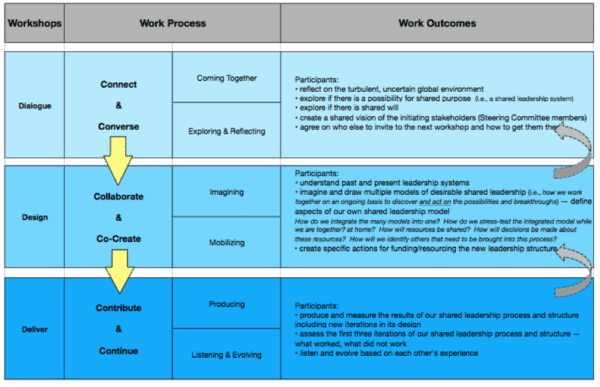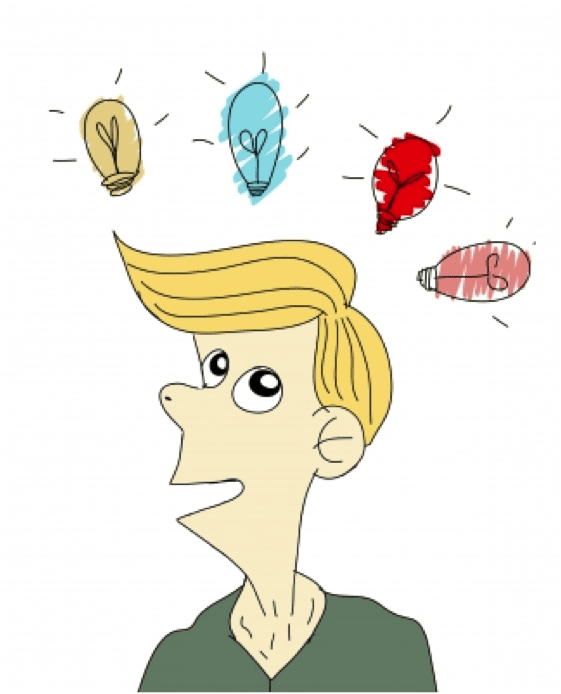Let’s face it, the evidence is in on happiness.
Joy is our only job.
In his 2010 Youtube video, Daniel Pink disclaimed money as the motivator to improve human performance. In fact, research stipulates that once you surpass basic mechanical tasks and move into the area of knowledge work, the larger the monetary reward, the poorer one’s performance. Is it finally safe to say that the primary human motivators of autonomy (self-direction), mastery (self-improvement) and purpose (meaningful contribution) bring the greatest reward — happiness?
Well, the 2013 Gallup World Happiness report agrees and emphasizes “while the most cheerful countries on the planet are also some of the wealthiest, income is a less important contributor than things like personal freedom and social supports.” With Canada sitting in 6th place and the U.S. in 17th out of 150 countries, the following six factors account for 75% of the differences among those surveyed:
- GDP per capita
- Life expectancy
- Perceived national corruption
- Freedom to make life choices
- Generosity of fellow citizens
- Having someone to rely on in times of trouble
Business, then, is not as usual when it comes to motivating for high performance in organizational settings. If, as Dan Pink eludes to, our goal is to create happy, healthy, humane places to work and live, then how we bring this about has everything to do with incorporating individual self-direction, self-improvement and meaningful contribution. Over the long-term, the only design methodology capable of achieving these “happy” results includes and collaborates with those who have a vested interest in the outcomes. When we involve workers, customers and suppliers in designing work systems, organizations or even “communities of organizations” (networks), we not only improve performance but we elevate the quality of creativity and accelerate the speed of innovation. When we balance the social needs of human beings (esteem, love, belonging, self-actualization) with their physical needs (safety, shelter, financial security), we feed and fulfill the whole person.
If you are seeking a novel approach to build on your organization’s resiliency and adaptability to our changing world, then consider bringing your workforce, customers and suppliers to your decision-making table as in the workshop process outlined below.

Whether you are redesigning workflows, policies and procedures, short and long-term planning processes or your leadership and management systems, dialogue with those affected is vital. Coming together with all your interested stakeholders to reflect on past successes and explore new potentials uncovers the possibility of revitalizing a once-shared vision or reinventing a new one. Furthermore, transforming diversity of opinion into focused action ignites the imagination and passions of individuals, which is what mobilizes their energy to coordinate and enact significant change. Designing to ensure the right conversations occur among the right people at the right time produces the financially healthy and humane contributions that result in happier workplaces.
As you review the benefits of creating a happy, healthy, human workplace, ask yourself, “Is this what I have at work?”
Benefits:
Stakeholder-centered: optimizes external and internal customers’ requirements
Co-creative: builds a critical mass of shared understanding and shared purpose
Collaborative: engages people who do the work to design the enterprise
Sustainable: jointly optimizes social and technical systems for rapid adaptation to the environment
Strength-based: utilizes the potential of the whole system to achieve value creation
Continuous: integrates fluid, flexible, iterative design into the work systems
Fulfilling: realizes meaningful individual and collective potential
Integrated: coordinates complexities within and across enterprises
Conscious: choices are intentional (careful and cared about)
Community-building: internalizes the relationship skills necessary for conflict resolution and cohesion
If you find yourself wanting but not having these work benefits, choose one to explore more fully with your work team. Let me know your results.





